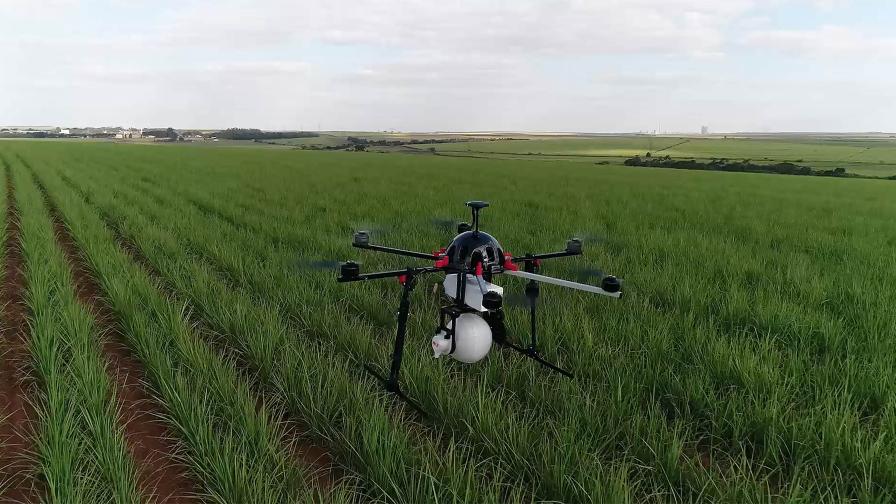Uptick In Bolivian Soya
Soybean production in Bolivia is expected to be up 4.6% to almost 2.2 million metric tons (MMT) in 2006, continuing the upward trend of the country’s bumper crop in 2005 of nearly 2.1 MMT. Increased planted area and favorable weather along with ample water and positive international prices all helped boost Bolivia’s soybean industry, according to the US Department of Agriculture’s Foreign Agriculture Service (USDA/FAS).
Produced mainly in Santa Cruz, Bolivian soybeans are harvested twice annually. The major Summer crop is planted between November and December and harvested between March and April, and accounts for approximately 70% of the country’s production. The Winter crop is planted between June and July and harvested between October and December, and accounts for the rest of the country’s production.
Yields vary considerably across Bolivia, and range between 1.8 MT and 2.3 MT per hectare (Ha), depending on the skill and technology of producers. The cost of production per hectare is about US $275, of which about US $110 is spent on pesticides. Production costs have gone up in the past three years due to soybean rust disease and the means used to manage it (largely through fungicide applications). Soybean prices are expected to be around US $220 per MT in 2006.
The harvested area of soybeans in 2005 was 950,000 Ha, compared to about 110,000 Ha of maize, 70,000 Ha of sunflowers, and 115,000 Ha of rice. Most of Bolivia’s 14,000 soybean farmers are small landholders, with 77% owning less than 50 Ha, 21% owning between 50 and 1,000 Ha, and 2% owning more than 1,000 Ha.
The main restrictions on Bolivia’s farmers are a lack of modern technology, expensive credit (with 15% to 19% interest rates), and high transportation costs.





